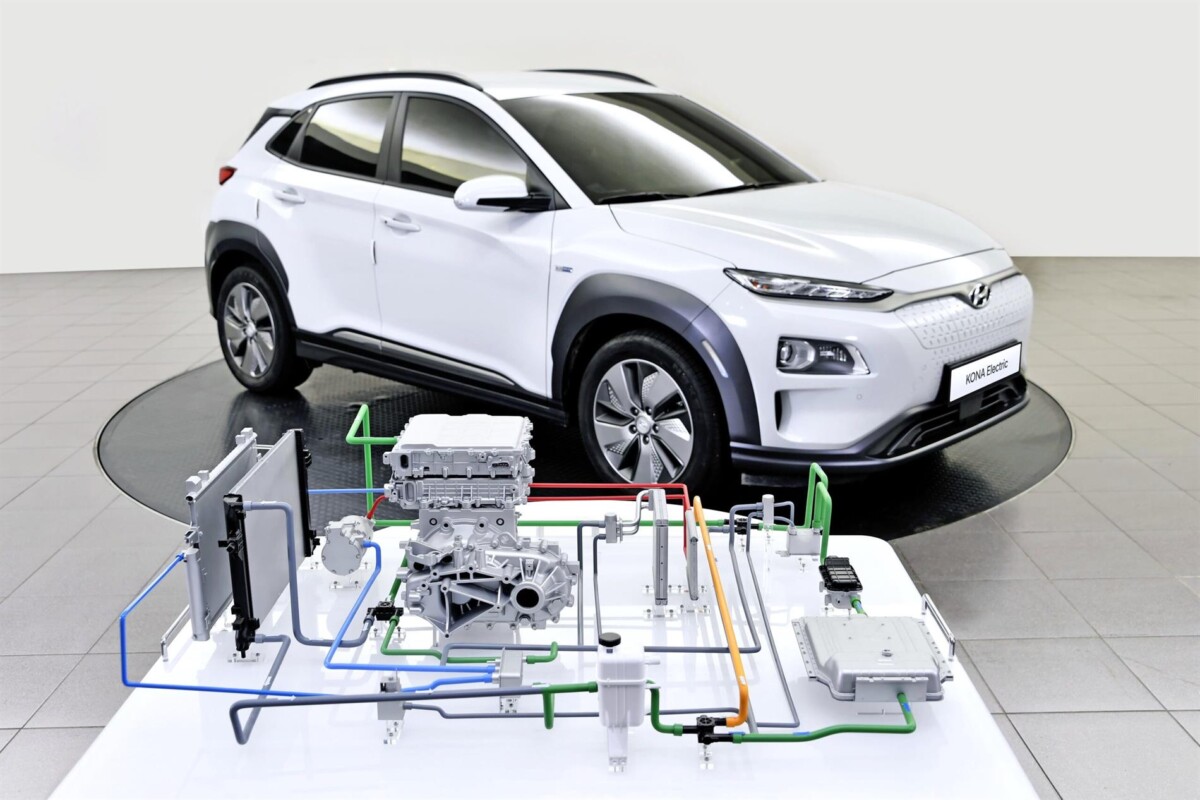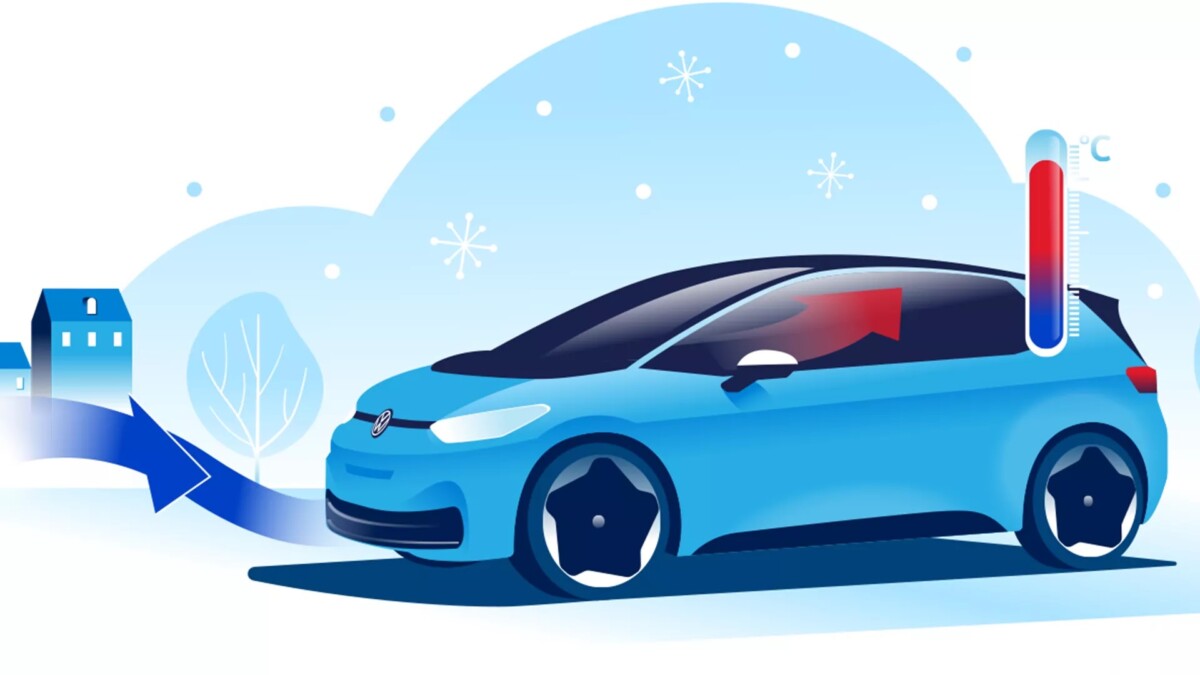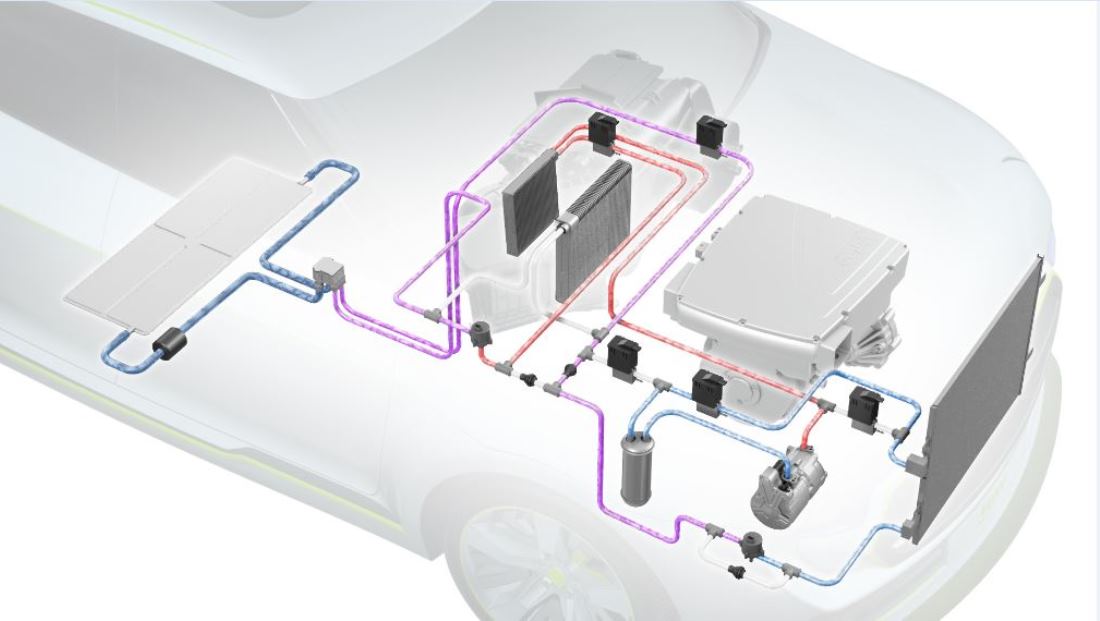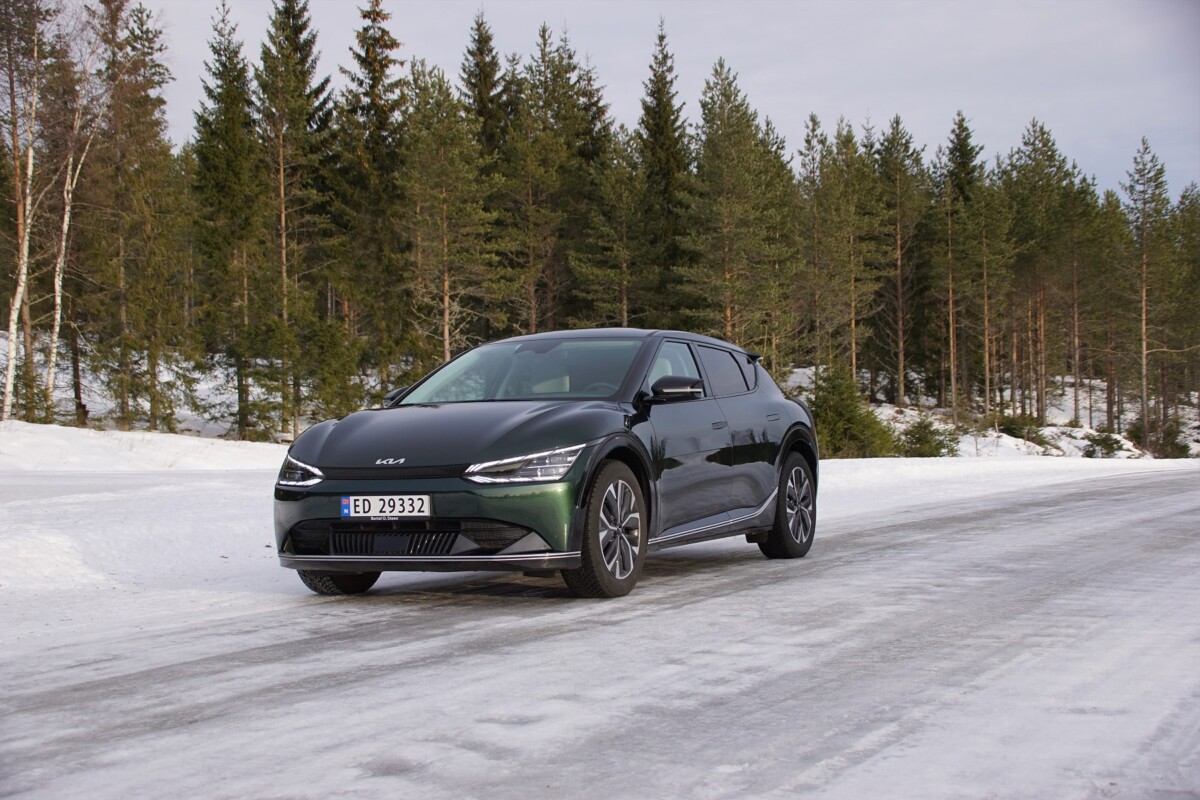Equipment now almost essential for an electric car, the heat pump has real advantages in use, especially in winter. But how does it work and why is having a car equipped with it a good idea? Questions that we will answer in this article.
Not very present, or even not at all on the first electric cars marketed, the heat pump has now become an essential technology for those who use their electric car daily and for all types of journeys.
Even if some manufacturers still offer this system as an option today (average just over 1,000 euros depending on the brand), the heat pump for an electric car has many advantages which justify this additional investment, at least when it is is not available as standard.
What is a heat pump?
If your home is equipped with a heat pump, roughly the device present on an electric car is about the same. At least for its mode of operation. The device generally makes it possible to transfer thermal energy from a cold source to a hot source.
In other words, the heat pump acts as a heater in order to increase the temperature of the destination medium. Technically, the pump compresses cold air under high pressure to produce heat, and uses the calories contained in the cold outside air in winter to generate heat inside. It is also possible to do the opposite, that is to say air-condition the passenger compartment using the calories contained in the hot outside air.

The principle of air conditioning and heat pumps consists of exploiting the temperature changes linked to the compression or expansion of a gas. It is a physical principle of the law of conservation of energy which induces that by compressing a gas, it heats up and when you expand it, it cools down.
Why use a heat pump?
On an electric car, the operation of the engine does not produce enough heat compared to a heat engine, for the simple and good reason that an electric motor is much simpler in its design, with in particular fewer moving parts, less friction, and consequently less heat produced. The same goes for the fuel combustion process which also generates heat.
On an electric car, there is always an air conditioning circuit, as on a thermal model, but no heat engine to heat the water and therefore the air. Engineers therefore have two technical options: electrical resistances or a heat pump. Electric resistances, there were some models that were equipped with them, especially on the first generations of Tesla, but they were very energy-intensive and were quickly replaced by heat pumps.
What are the advantages of a heat pump?
Above all, the heat pump makes it possible to efficiently heat the passenger compartment of an electric car. Indeed, a heat pump allows reduce heating energy consumption by 3 to 4 times compared to conventional resistors. Thus, this system finds its place in an electric car where autonomy is an important factor and where the heating of the passenger compartment can obviously influence it.
The heat pump is almost essential today, especially in cold countries where the energy consumption of resistances can become very high in winter. Set to 20 degrees in cold weather, a heat pump consumes less than 500 watts on average, while a conventional heating system consumes about 4 to 6 times more, or 2,000 to 3,000 watts.
In other words, if you are stuck in a traffic jam with your electric car and a full 50 kWh battery, you can last 100 hours with a heat pump or 25 hours without the option.

Another advantage, technical this time, is the merger between the air conditioning circuit and the heat pump. It is also thanks to this that the resistors did not last long, even if, in fact, there are sometimes a few extra ones to accelerate the heating, the heat pump circuit having need some time to get up and running.
The circuit can therefore generate cold and heat, and it is rather well suited for an electric car with complicated thermal management. It is indeed necessary to regulate the temperature of the battery, the electric motor and the passenger compartment, therefore heating certain things and cooling others, and what better than a 2 in 1 system?
And no, we have not forgotten it, but this temperature management makes it possible to more or less optimize autonomy. Indeed, a battery that is too cold gives less current, while it cannot be recharged quickly and in the best conditions. And this is also where a heat pump is different from a preconditioning system.
How is the heat pump different from the preconditioning system?
Very often we can read that the battery preconditioning system is linked to the heat pump. But that’s not always true. Why ? Because many electric models that are not equipped with a heat pump have a preconditioning system.
The preconditioning roughly consists of warming the battery until it reaches an appropriate operating temperature. This functionality can require between 15 and 20 minutes for the first electric models, half as much for the most recent models.
If the battery is not hot enough, then the driver may face various constraining situations: reduced regenerative braking power, lower engine power or longer charging time on fast chargers. This is why Kia has just updated its EV6.

specify that this feature is mainly reserved for electric vehicles equipped with a liquid temperature control system. By warming up the coolant in the battery, the battery also heats up.
The counter-example is Tesla: the battery does not only heat up thanks to the liquid surrounding the cells, but thanks to the motors which “rotate” in a vacuum. These demand energy from the battery, spent “unnecessarily”, allowing the cells to heat up by activating, in addition to heating the coolant, which also heats the battery.
Pre-conditioning the battery or the passenger compartment?
It is also possible to precondition the passenger compartment of a vehicle, again via a manufacturer’s application for example. It is best to do this operation when the car is plugged in to avoid using the battery: since the passenger compartment will already be hot when you get into the car, the battery will only need to maintain temperature. It will therefore be less used and this will save some precious kWh during the journey.
By preconditioning the cabin, the battery will be put to the test, and it will therefore also be warmed up. But that’s a different feature than preconditioning the battery for fast charging.

At Tesla, for example, the preconditioning of the battery is done automatically when you enter a fast charger in the destination GPS. The battery is then heated thanks to the motor which rotates in a vacuum, in order to have an ideal temperature to be able to accept the fastest possible charge. Otherwise, the charging power will be lower.
Also at Tesla, the preconditioning of the cabin on new models equipped with the octovable (a heat pump), uses the heat from the battery to heat the cabin.
A system that still has to evolve?
As Elon Musk has explained on several occasions, but also more recently the boss of Renault, putting large batteries in electric vehicles will not always make it possible to go further, for the simple reason that the weight of the battery will also affect the consumption in kWh.
Optimizing the battery is therefore also a fundamental element, and manufacturers are increasingly looking into technologies that make it possible to exploit all the stored energy. The heat pump is an excellent example, and this technology is still evolving.
Renault, for example, recently patented a new heat pump system for its Mégane E-Tech. Its battery is always at the ideal temperature, as this can be regulated by the circulation of hot water from the electric motor in cold weather and lowered by the circulation of cold water from a chiller in hot weather.

Better still, the engineers of the diamond firm have optimized this system when it is necessary to heat the passenger compartment when the temperatures are unfavorable to the storage of energy and the maintenance of the load. According to them, conventional heat pumps are not efficient enough for long journeys on expressways. The heat pump developed by Renault more efficiently recovers the heat generated by the battery and the engine to ensure thermal comfort in the passenger compartment while minimizing the impact on range.
According to Renault, below 10°C outside, the system for recovering the heat generated by the battery and the electric motor offers several advantages, including efficiency, since this system requires half the energy of with a conventional heat pump. In addition, the gain in autonomy on the highway can reach up to 9% according to the manufacturer.
To follow us, we invite you to download our Android and iOS application. You can read our articles, files, and watch our latest YouTube videos.


